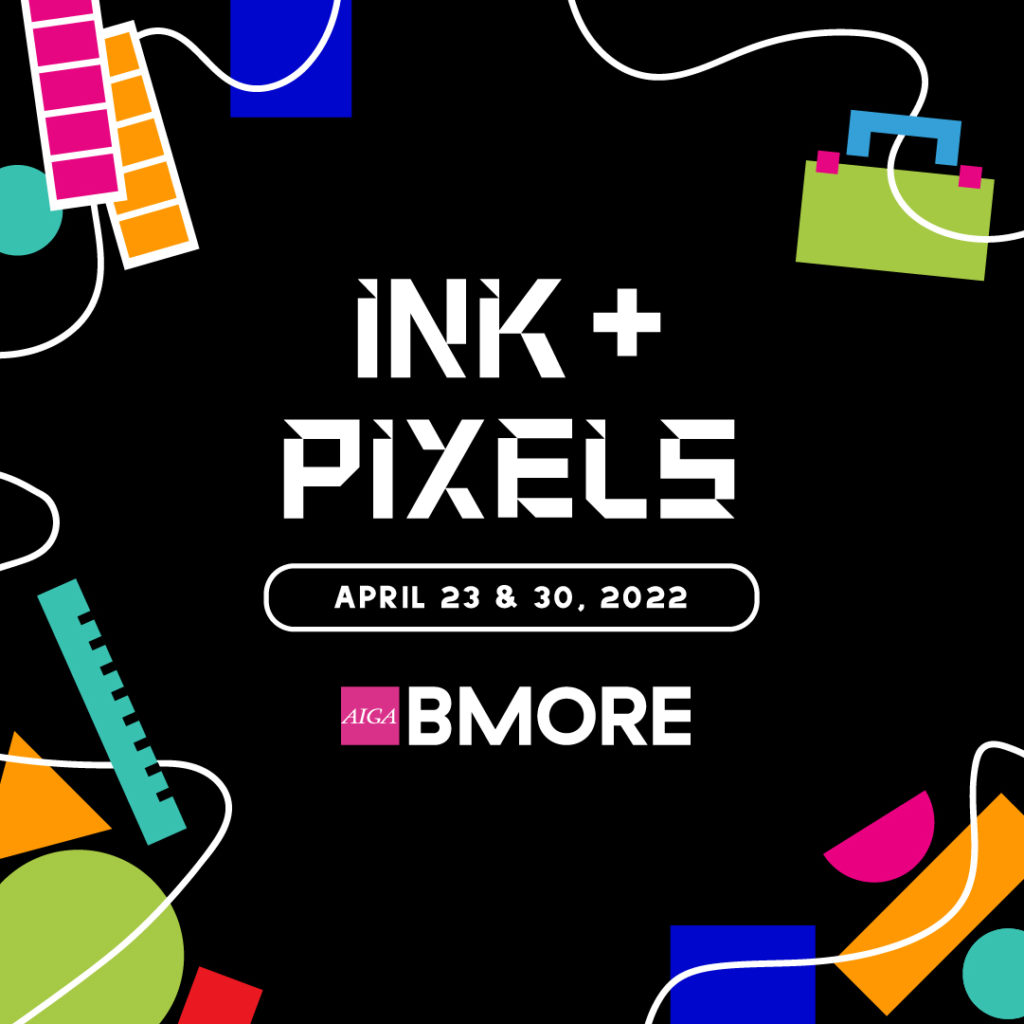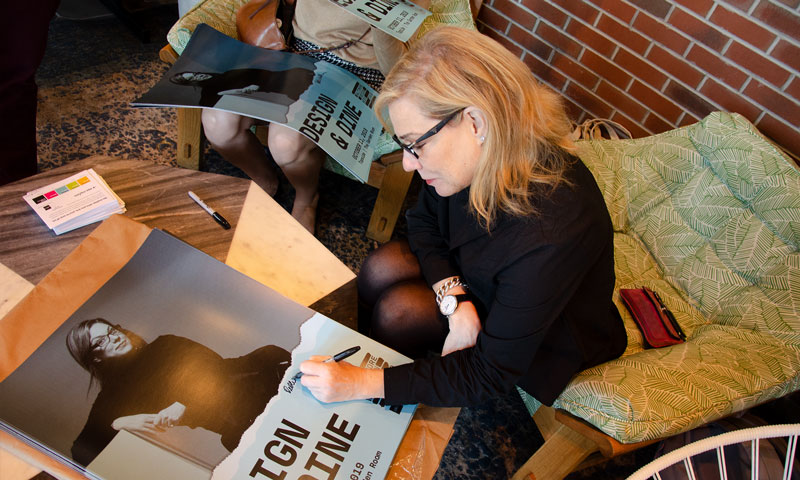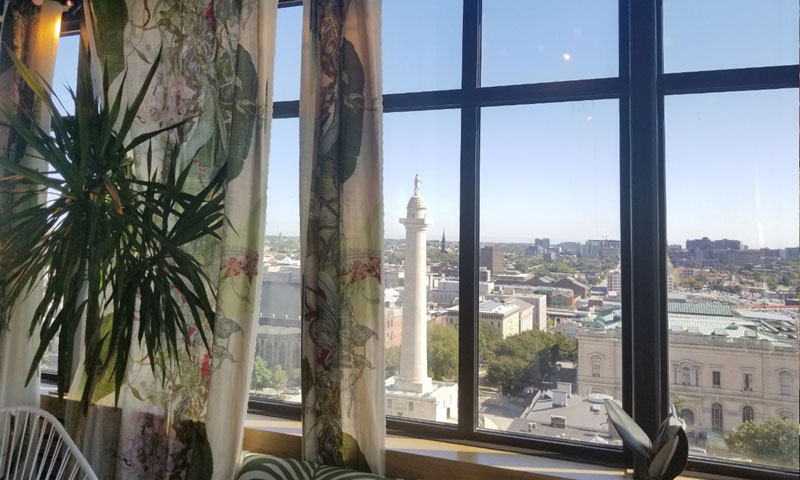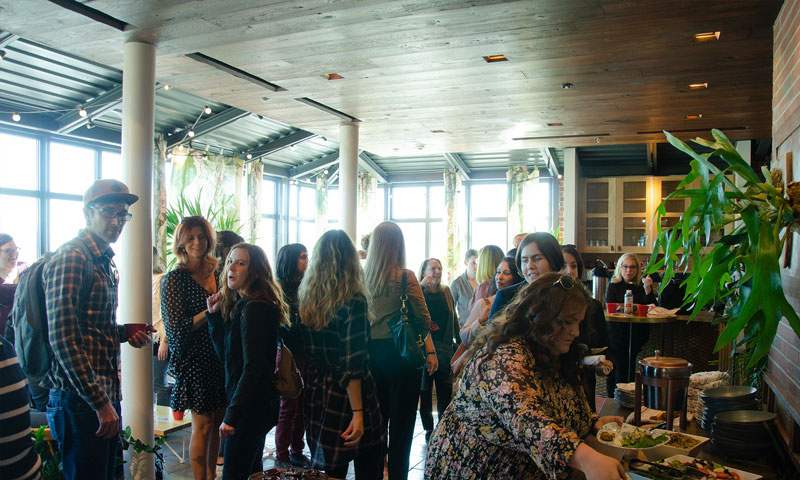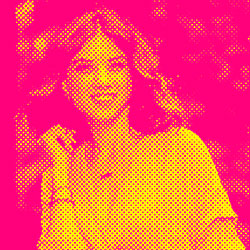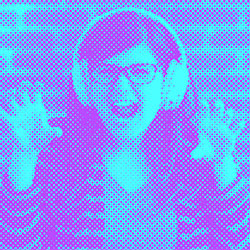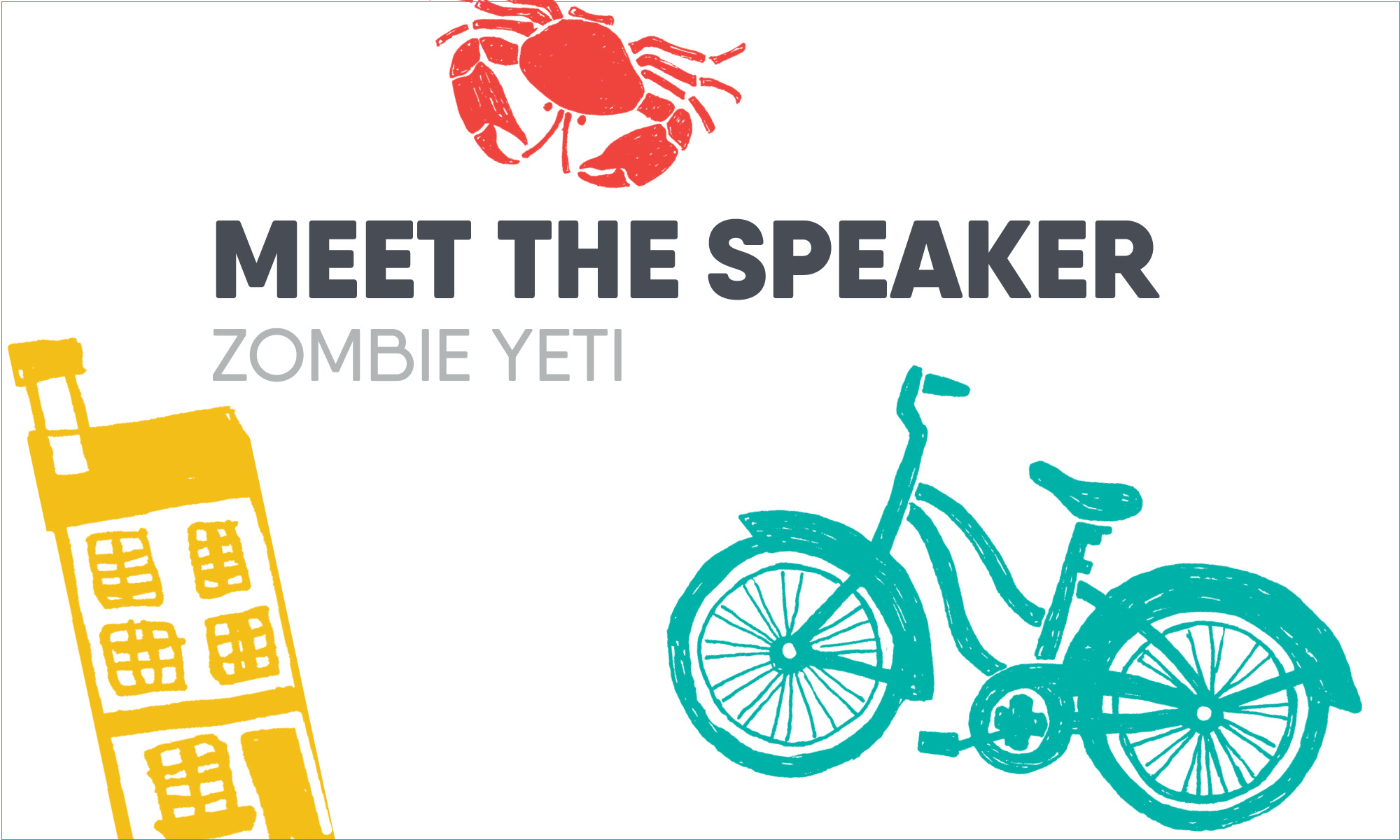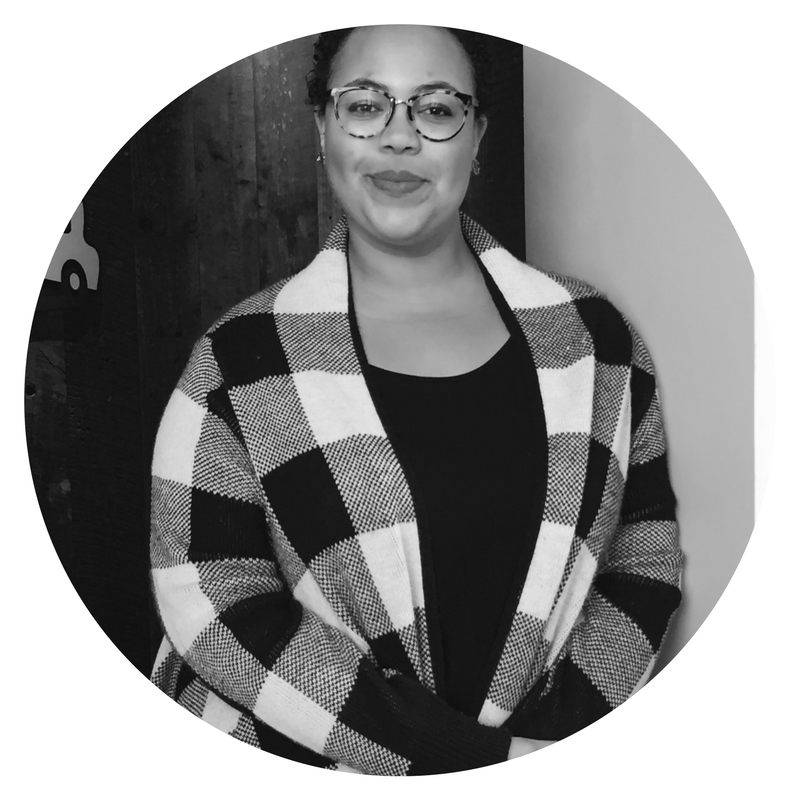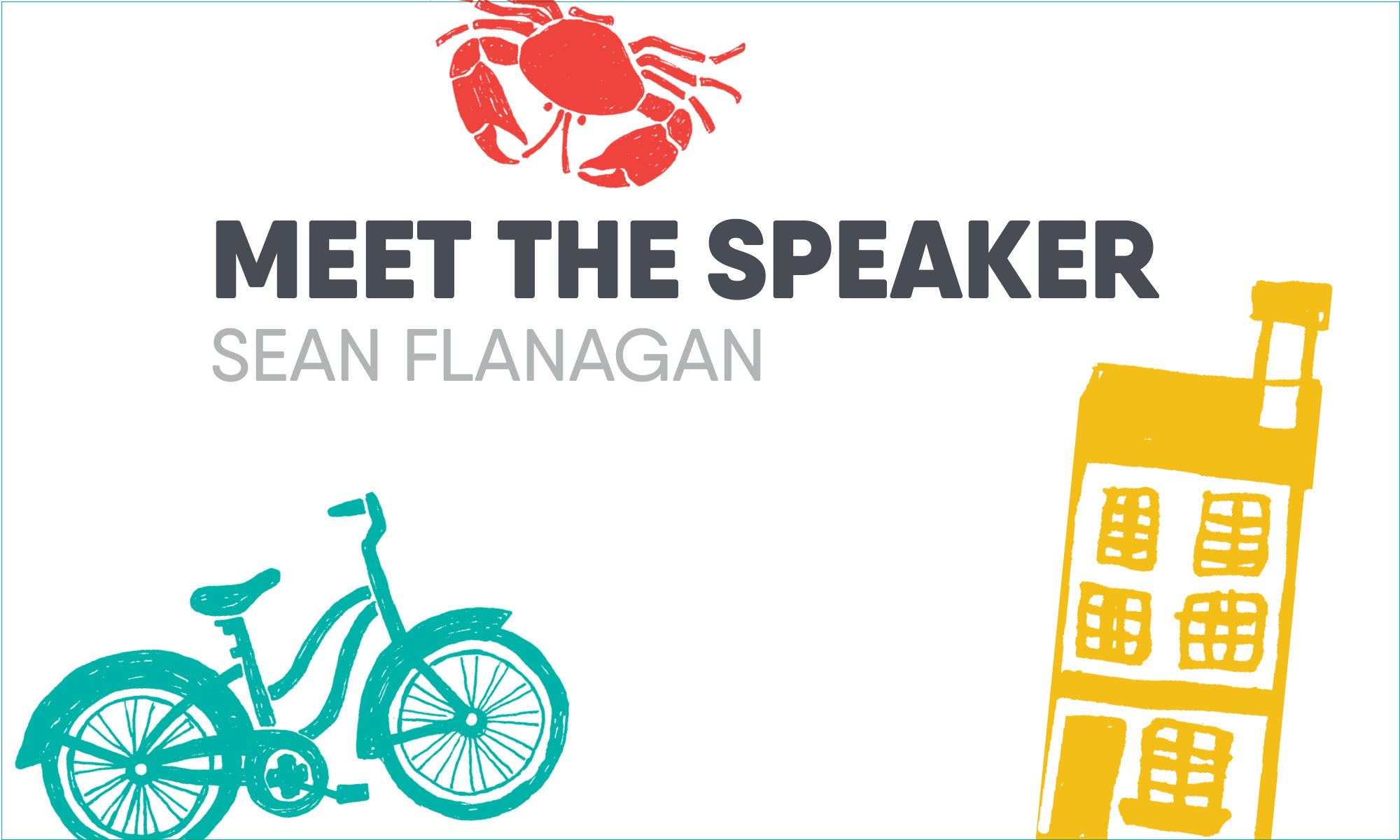9/15-10/15
AIGA Unidos was created for Everyone!
We highlight Hispanic and Latinx creatives, so we can share their stories and work with the world—that’s you! Our first ever event is a series of talks called Hispanic Heritage Talks, which will take place during Hispanic Heritage Month. It is a series of virtual talks featuring Latinx and Hispanic creatives from different backgrounds and disciplines. ¡Acompañanos!
Join the AIGA Unidos familia, and hear from all the amazing creatives our heritage has to offer. From us to you, with love and a little sazón… who are we kidding? A lot of sazón! We are Unidos for Everyone!
Hosted by: AIGA Unidos
→ Register Here
FREE
10/1-31
Doors Open Baltimore is going virtual-only in 2020 with a month’s worth of programming throughout October. Organized by the Baltimore Architecture Foundation (BAF), Doors Open Baltimore is the free citywide festival of architecture and neighborhoods that invites thousands of people to explore the city and make meaningful connections to the built environment. Replacing a weekend of open houses and in-person tours will be a month’s worth of virtual programs. Every week of October will include a new theme and new ways to virtually engage with Baltimore’s architecture and neighborhoods.
Hosted by: Doors Open Baltimore
→ Register Here
FREE
10/2-10/9
Phoenix Design Week (PHXDW) is a week-long celebration of design organized by AIGA Arizona to unite our state’s creative community and provide a forum for sharing best practices, showcasing exceptional work, and gaining inspiration.
Hosted by: AIGA Phoenix
→ Register Here
$25-$49 Tickets
10/5-10/10
St. Louis Design Week is a seven-day celebration of our local design community, featuring a variety of panel discussions, workshops, presentations, open houses, and other community growth-oriented events. Our mission is to grow design and breakdown design silos through making St. Louis design week all-inclusive, to all designers.
Hosted by: AIGA St. Louis
→ Register Here
FREE
10/5-10/9
What is “Dimensional Design?” It is the idea that we, as designers and creatives, have to be multifaceted in our disciplines. Becoming a dimensional designer includes exposing oneself to creatives of other disciplines and perspectives to be able to see the broader context of their own work. Experience dimensional design in action during this year’s SLDW.
Salt Lake Design Week celebrates and promotes the impact of all design in Utah. By providing a forum for designers, business professionals, students, and the general public to interact, collaborate, and learn from each other, we build a stronger creative community. We are inclusive of all people and disciplines including; graphic, digital, product, fashion, photography, architecture, interior, and more. From October 5-10, 2020 we will host the first-ever virtual SLDW to celebrate Utah creatives and promote the impact of design throughout the state and beyond.
Hosted by: AIGA Salt Lake City
→ Register Here
FREE
10/7 | 6:30–8pm EDT
This film follows the grassroots campaigns of six women of color running for political office during the contentious 2018 United States midterm elections. Produced by female filmmakers of color, the documentary offers a behind-the-scenes glimpse of these women leaders whose personal motivations, political coalitions, and ground-level activism steamroll the expectations of their opponents and of the broader public — defying traditional notions of what it means to be a U.S. politician in the process.
A co-production of POV and ITVS. A co-presentation of Black Public Media and the Center for Asian American Media. Film running time is 40 mins. Watch the trailer for And She Could be Next.
The screening will be hosted through Zoom. Zoom information will be sent to attendees prior to start time. Event will start at 6:30 PM EST and screening will start at 6:45 PM EST to allow attendees time to log on.
After the screening, there will be a discussion based on prompts created for the film. Attendees will be grouped into break rooms for open discussion. Discussion time will be 15 mins.
This event is part of Design for Democracy, an AIGA initiative to increase civic participation through design. This event is a collaboration with POV, the award-winning independent non-fiction film series on PBS www.pbs.org/pov
Hosted by: AIGA Pittsburgh
→ Get Your Ticket Here
FREE
10/9
A one-day virtual event series celebrating good news stories and innovation in Baltimore.
Baltimore Innovation Week 2020 is a one-day virtual Innovation Celebration featuring multiple sessions that are focused on showcasing local companies and good news stories that have emerged during these continuously changing and trying times. Save your seat at spotlight discussions with industry experts, workshops from top companies, and networking with local businesses. You’ll have an insider look at the positive effect this city is having on the U.S. and World markets with premier access to the latest products and ideas.
This annual event series is a unique collaborative effort from industry leaders across seven defined sectors. This is where technology meets science, creatives, students, entrepreneurs, sales representatives, marketing executives, economic developers, social activists and everyone in-between. The best part? It’s all FREE.
Hosted by: ETC (EMERGING TECHNOLOGY CENTERS)
→ Get Your Ticket Here
FREE
10/14 | 6:30 PM–8:00 PM EDT
Join us for a conversation with Kathryn Summers about making voting inclusive and accessible through design. Design has the ability to include or exclude people. Join us for a conversation with Kathryn Summers about making voting inclusive and accessible through design. We will be discussing the implication of bad design and its implication on the voting process in the wake of the 2016 election and the coming 2020 election. In addition, Kathryn will be showing us the benefits of using eye-tracking machine and how it helps to analyze the visual behavior of your user.
Hosted by: Ladies Wine and Design Baltimore
→ Register Here
FREE
10/14 | 7–9 PM EDT
Join us on October 15th as Douglas shares how to turn the rational language of business into the emotional language of design. Douglas’ inspiring journey has taken him from designer to strategist, to now teaching other creatives the business of design. Wherever he shares, he helps provide a framework for the design industry. A framework that can be applied to concept pitches or to how to think about your career. Strategy has been something design schools haven’t focused on, and it’s more important than ever we understand it. After stepping into Harvard Business school, Douglas realized how big the disconnect was for designers. Since then, he’s taught at NYU, HOW Design University, Manhattan Early College School for Advertising, and the City College of New York, all while running The Davis Group LLC. Douglas took it upon himself to fill the void between design and business and teaches left-brain business skills to right-brain creative thinkers with his book, Creative Strategy and the Business of Design. He’s helped creatives across the country better understand business goals, how to set them up, but most importantly, how to measure their success for clients. There is a need to understand more than what looks good for your career to blossom. Join us on October 15th as Douglas shares how to turn the rational language of business into the emotional language of design. You already have the creativity, now it’s time to gain the business insights.
Hosted by: AIGA Charlotte
→ Register Here
$10
10/19-23
Colorado’s creative community thrives when its members are able to come together to share stories and experiences, however, the pandemic has moved these communities online and made it more difficult for people to come together in person. That’s where AIGA Colorado Creatives comes in.
The best part? Our project is all about YOU, the AIGA Colorado Creatives. It’s your chance to share your stories, advice, experiences and inspiration in a short video. Selected videos will be featured on an event site and combined with others in a storytelling reel which will be shown to thousands of people.
→ Participate Here
Submit your Video by October 12
10/20-22
Make plans to join Adobe MAX for a uniquely immersive and engaging digital experience, guaranteed to inspire. Three full days of luminary speakers, celebrity appearances, musical performances, global collaborative art projects, and 350+ sessions — and all at no cost.
Hosted by: Adobe MAX
→ Register Here
FREE (with Adobe Account ID)
10/30
Your Home! (part of a series on Stress)
Lola B. Pierson is a highly collaborative artist who was born and raised in Baltimore City. She is a playwright, writer, and director. Her work challenges theatrical form, incorporating elements of social media, performance art, visual art, switcheroos, and boredom. Other words she has used to describe her work in bios include: presence, explore, dynamic, and representation. A graduate of Baltimore School for the Arts, Bard College, and Towson University, she is passionate about the intersections of language, time, presence, and philosophy. She writes new work and messes with classics (that deserve it). She is the co-founding Artistic Director of The Acme Corporation.
Hosted by: Creative Mornings
→ Register Here
FREE
10/31 | 6 PM EDT
The purpose of the show is to provide a critical examination of society and culture through the intersectional lens of race, gender, and class, more specifically it seeks to provide a COUNTER-NARRATIVE. The Show encourages a reflective assessment and critique of unique standpoints and their potential contribution to popular discourse.
What you can expect from the COUNTER-NARRATIVE:
Quality conversations about critical issues in communities of color, with guests who don’t just talk about the problem they are active in finding solutions. Guests share their lived-experiences, insights, information, opinions, and personal narratives.
Hosted by: Rasheem
→ Register Here
FREE
Every four years since 2000, AIGA has activated its community of designers across the U.S. and beyond to Get Out the Vote. The campaign is part of Design for Democracy, an AIGA initiative to increase civic participation through design.
In 2020, AIGA recognizes the centennial of the ratification of the 19th Amendment, granting women the right to vote in 1920 with a special edition of Get Out the Vote: Empowering the Women’s Vote. It commemorates the first legislation for women’s voting rights. Not until the passage of the Voting Rights Act in 1965 were voting rights of all women protected and enforced.
AIGA members–submit your posters today until election day, Tuesday, November 3, 2020, and help us get out the vote! Posters received by National Voter Registration Day (September 22, 2020) and Vote Early Day (October 24, 2020) will have the greatest impact.
Hosted by: AIGA
There are two opportunities. Please see below for the submission portals and galleries:
